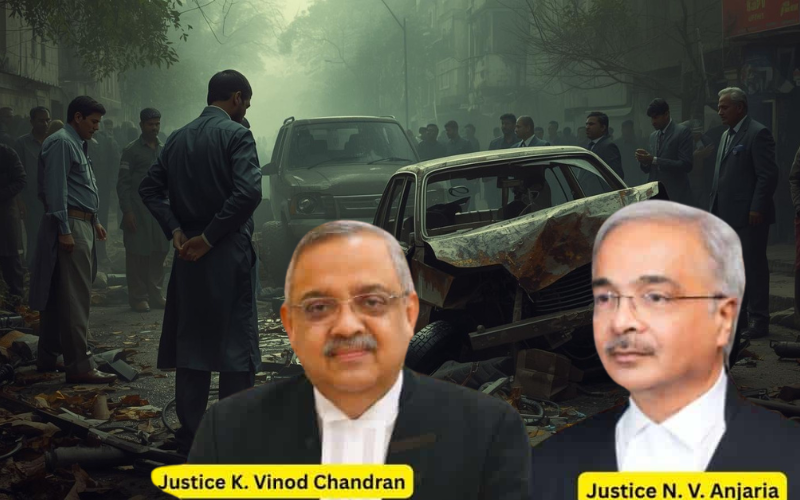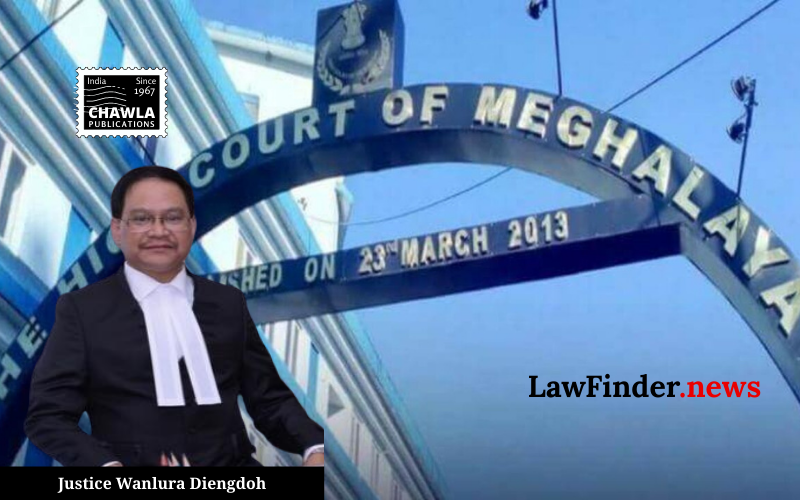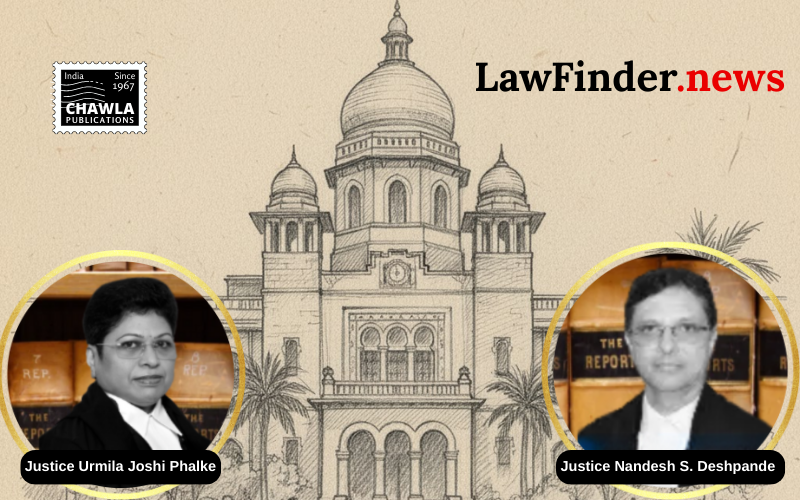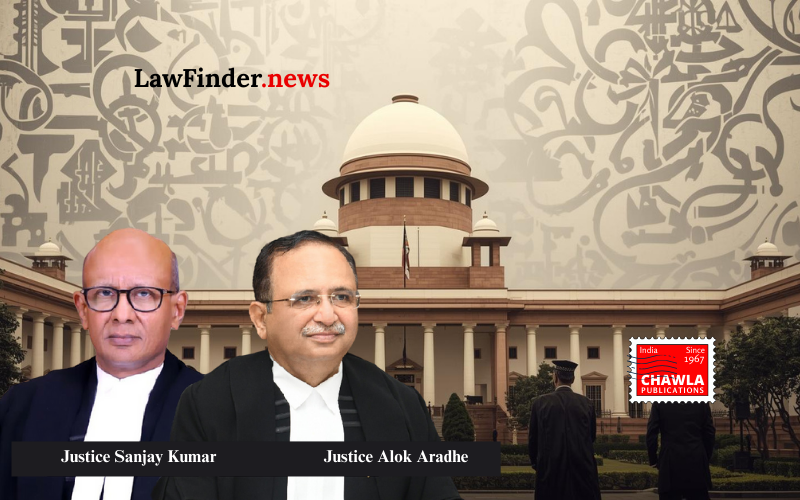Motor Accident - Death of US National in India - Supreme Court calculates a fair Compensation

Calculation of compensation, the inclusion of future prospects in the income assessment, and the application of the multiplier method.
The judgment involves the Supreme Court of India dealing with a civil appeal concerning compensation for accidental death under the Motor Vehicles Act, 1988. The case is titled Kulwinder Kaur v. Parshant Sharma, and the decision was rendered by the Supreme Court on August 8, 2025. The core issues addressed in the judgment include the calculation of compensation, the inclusion of future prospects in the income assessment, and the application of the multiplier method.
Key Aspects of the Judgment:
1. Case Background: The case arises from a motor vehicle accident that resulted in the death of Rajinder Singh Mihnas, a U.S. national working as a self-employed driver in the United States. The appellants are his family members seeking compensation.
The Motor Accident Claims Tribunal initially assessed the deceased's income at a lower rate, leading to a lesser compensation amount, which the High Court later enhanced.
2. High Court's Decision: The High Court considered evidence such as income tax records and salary certificates, determining the deceased's income as $2150 per week, leading to an enhanced compensation amount.
However, the High Court did not account for future prospects, resulting in the present appeal by the claimants.
3. Supreme Court's Analysis: The Supreme Court applied the guidelines from the landmark judgment in National Insurance Company v. Pranay Sethi (2017), which allows for the inclusion of future prospects in calculating compensation for both salaried and self-employed individuals.
The Court affirmed the correct application of the multiplier of 16, consistent with the deceased's age at the time of the accident.
It included a 40% addition to the established income for future prospects, as the deceased was 31 years old.
4. Revised Compensation Calculation: The Supreme Court revised the total compensation to Rs. 1,60,15,280, including future prospects and conventional heads like loss of consortium, loss of estate, and funeral expenses.
The compensation for loss of consortium was set at Rs. 40,000 per dependent, aligning with the Pranay Sethi guidelines.
5. Conclusion and Directions:
The Supreme Court granted an additional compensation of Rs. 42,95,080, with interest at 6% until the date of deposit.
The respondent-Insurance Company was directed to deposit the additional amount within four weeks, after which the claimants could withdraw it post-verification.
Legal Principles Affirmed:
Future Prospects: The inclusion of future prospects in compensation calculations for both salaried and self-employed individuals is critical, recognizing that individuals' incomes are likely to increase over time.
Multiplier Method: The use of an appropriate multiplier based on the age of the deceased is essential in calculating compensation for loss of dependency.
Conventional Heads: Compensation under conventional heads must align with established guidelines to ensure fairness and adequacy.
This judgment underscores the importance of adhering to established legal principles for determining fair compensation in motor accident claims, particularly emphasizing the significance of future income prospects. If you have any specific queries regarding the judgment or need further clarification, feel free to ask!
Kulwinder Kaur v. Parshant Sharma, (SC) : Law Finder Doc id # 2761487
Trending News

Conviction under the POCSO Act - Sentence suspended consider in a consensual love relationship

A civil dispute arising from a commercial transaction does not constitute a criminal offence of cheating

Manipur violence: SC asks why entire leaked clips not sent for forensic test
